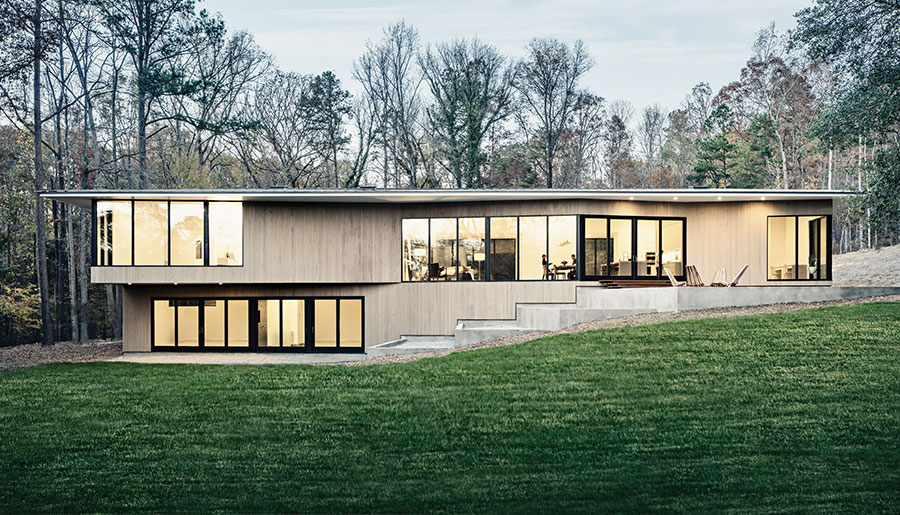This engineered approach to code compliance is becoming more popular as builders understand its benefits.
Brought to you by JELD-WEN
When it comes to energy code compliance, the performance path is the road less traveled, but that’s changing as builders learn more about its advantages.
The prescriptive path, historically the more common approach, has the builder adhere to a specific set of construction details and get them confirmed by an inspector. “It has been our experience that the majority [of builders] go prescriptive,” writes Ekotrope, a company that makes energy simulation software.
The prescriptive path long made sense for many builders: there’s no need to change architectural designs or purchasing processes. The move to performance started in 2009 when the code began mandating R-20 walls for the prescriptive path, which would have required builders to upgrade from 2×4 to more-expensive 2×6 walls.
Why companies are moving to the performance path
1. Choice
When a design is being created, the performance path allows the builder or architect to choose from a wide range of variables—insulation, windows, solar orientation, air sealing, mechanical systems, and more. Any combination is fine as long as the result is a home that will use less energy than the code maximum.
These variables are entered into simulation software such as Ekotrope, REScheck, or REM/Design, which then estimates the home’s annual energy use.
“We model everything,” says Gaithersburg, Maryland, architect John Spears, who uses REM/Design. He says the software lets him plug in different choices, such as using a better window, and he can then compare the savings to the upgrade cost.
2. Increased industry adoption
While the performance path’s flexibility makes it popular among high-performance builders and architects like Spears, some observers see its use growing everywhere.
“There’s a movement toward more of a performance approach,” says Jason Kantola, coordinating certification manager with JELD-WEN. “For instance, British Columbia is already performance path only, and California seems to be trending in that direction. I wouldn’t be surprised if other states and provinces follow.”
Some builders aren’t waiting for mandates to make the switch. “We’ve been successful at moving every builder we work with to the performance path,” says Robby Schwartz, principal at EnergyLogic, a Colorado energy consultancy.
3. Cost savings
“We showed them how the performance path would let them meet code with 2×4 walls,” Schwartz says. The exact features used would vary by house, but options might include higher R-value spray foam or better windows. “They would save money and wouldn’t have to reengineer their structures.”
Since then, codes have gotten stricter. Subsequent updates have made it impossible to comply using 2×4 walls. But Schwartz says that builders can still save money by using the performance path to find the most cost-effective blend of features. “We show them the most cost-effective ways to meet the code’s intent and help them change their specs to get there,” he says.
By following the performance path to code compliance, builders can enjoy both design flexibility and significant financial returns. “We’ve seen savings of up to 4 percent in construction costs after factoring in our fees,” Schwartz says.
For assistance with your projects, including code compliance, visit JELD-WEN’s professional portal.



